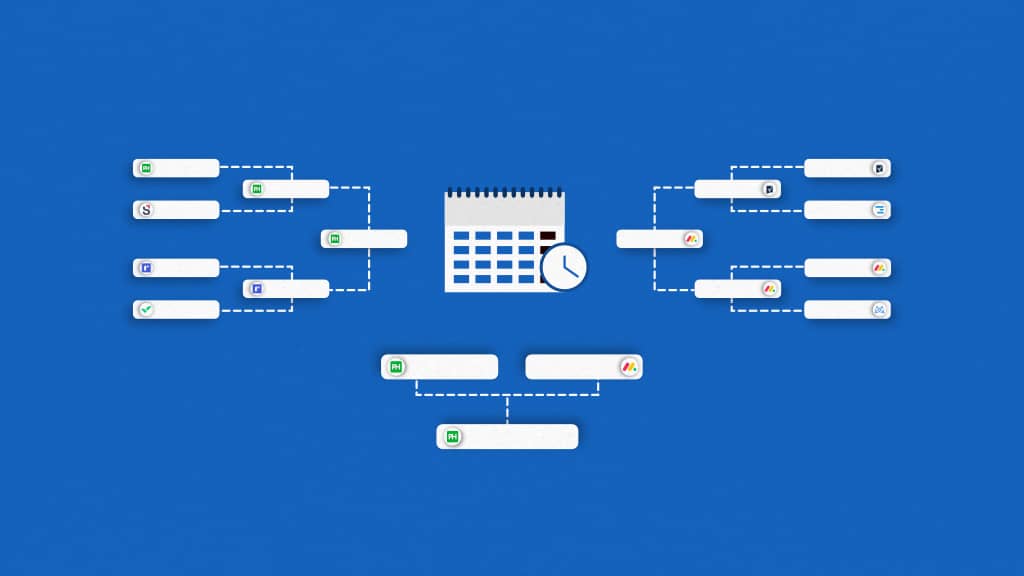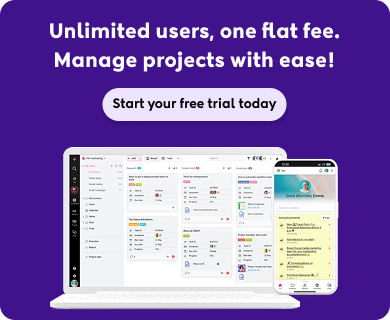Resource scheduling software facilitates planning, organizing, and allocating resources that are required for daily tasks and time-sensitive projects.
Resource scheduling is a crucial feature of project management tools. Based on the features and functionality of the program, it may include tools for estimating and planning, scheduling, cost control, budget management, resource allocation, project management, task management, and file management.
Resource scheduling tools would help you streamline your day-to-day scheduling activities, including-:
- Planning your resource requirements
- Optimal resource allocation
- Monitoring resource availability and capacity
9 Best resource scheduling software and tools for 2025
1. ProofHub
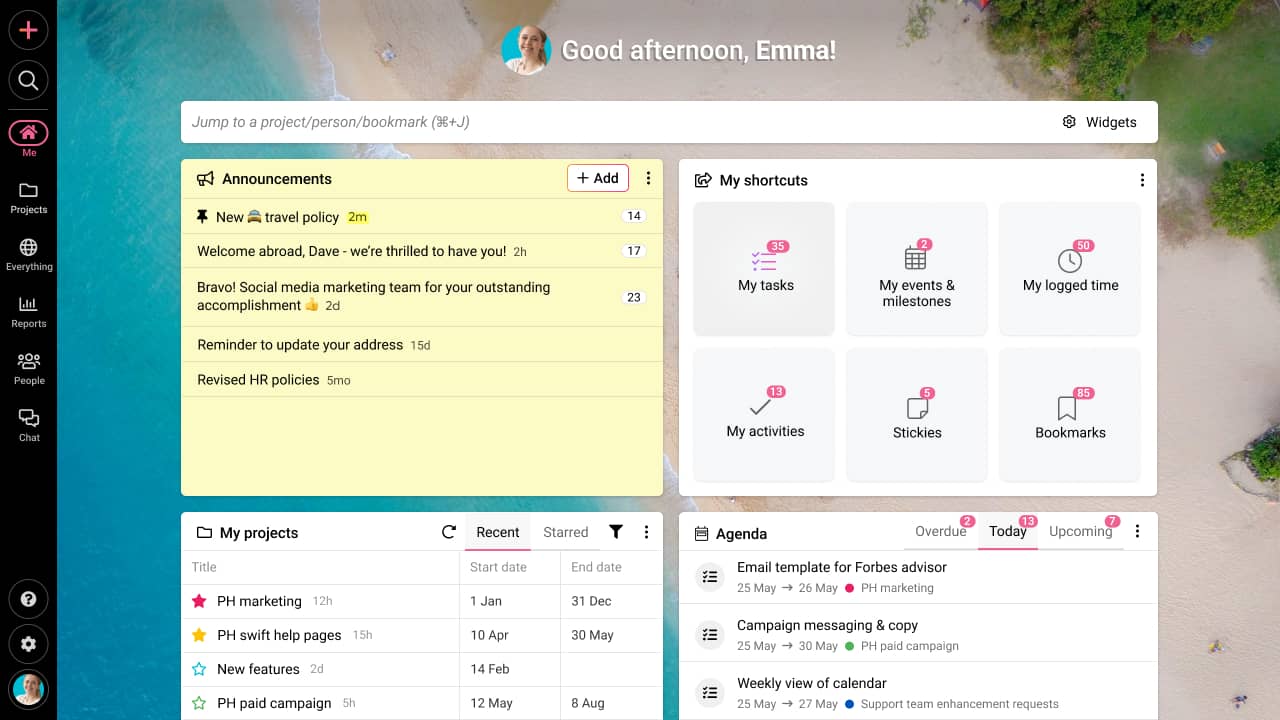
ProofHub is a versatile project management tool that enables teams to comprehensively schedule their resources, including participating team members, time, and project budgets. It offers a powerful suite of best-in-class features delivered at a centralized location.
The resource scheduling features of ProofHub let you add an unlimited number of people and assign tasks to them for working on projects. Additionally, its task management system allows managers to always stay in the loop of allocated resources vis-a-vis employees and their assignments. A shared team calendar further improves resource planning, making project plans easier.
Using ProofHub’s intuitive interface and simple design, teams can begin planning deadlines, assigning project ownership, and managing any project in real time. You can plan your resource allocation to avoid mistakenly allocating the same person to many projects simultaneously.
ProofHub is a 100% cloud-enabled platform that allows teams to communicate clearly whether they are working in-office or remotely. The easy pricing for all team sizes makes it an ideal solution for teams with a limited budget.
Key features:
- Task lists: Add an unlimited number of people and assign tasks to them for working on projects.
- Custom roles: Assign roles, give permissions, and keep track of who is doing what.
- Calendar view: Add events, tasks, and milestones to its scheduling calendar to plan and organize your daily routine.
- Kanban boards: Get a birds-eye view of your team’s work capacity and adjust your project timelines and responsibilities.
- Gantt charts: Simplify a complex set of tasks based on project timelines and dependencies.
- Timesheets: Create timesheets to filter down project data to develop intuitive project reports.
- Project templates: Create a copy of a project and save it as a template to save time when you have to work on similar projects.
- Reminders: Set automatic reminders for events and milestones to stay on top of your schedule.
- Workload reports: Visualize and compare the team capacity so that they are neither overwhelmed nor underworked.
Pros
- All-in-one project management and team collaboration features
- User-friendly interface providing a detailed overview of projects
- Scalable solution offering flat pricing with no-per-user fees
- Create resource reports to track individual performance
- Quick and responsive customer support.
Cons
- Not suitable for individual users
- Invoicing is available with integration only
Pricing
Apart from a 14-day free trial, ProofHub offers a flat pricing model with two paid plans.
- Essential: $45/month (billed annually) for unlimited users.
- Ultimate control: $89/month (billed annually) for unlimited users.
Customer ratings
- Capterra: 4.6/5
- G2: 4.5/5
2. Monday.com
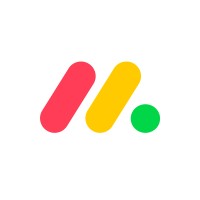
Monday.com is a simple resource scheduling tool that makes it easy for you to plan, organize, and schedule your resources optimally. Additionally, this tool enables teams of all sizes to make informed decisions about project planning, budget management, resource allocation, team capacity, and availability. Using this tool, you can plan your resources, schedule workflows, and collaborate smarter.
Best Features:
- Plan out project duties for your entire team and ensure everyone completes them on time.
- With a workload view, look at who is working on what and when.
- Use resource management templates to track operational resources.
- Choose from a wide range of visual tools to represent your data, from Gantt charts to timeline-based tracking boards.
- Create personalized boards and select a different “view” for each member.
Pros:
- Visually pleasing design with color-coded labels.
- Simplified integration with other tools through data connectors.
- Highly customizable.
- Extensive list of supported integrations.
Cons:
- Slow customer service response, often requiring email scheduling.
- New users may take time to adapt to the predefined menu.
- Limited column capacity in table view.
Pricing:
With a 14-day free trial and a free plan, Monday.com offers four paid plans.
- Basic – $8/user/month (billed yearly)
- Standard – $10/user/month (billed yearly)
- Pro – $16/user/month (billed yearly)
- Enterprise – Custom
Customer ratings
- Capterra: 4.6/5
- G2: 4.7/5
Also read: Monday.com for product management: Is it worth the hype?
3. Scoro
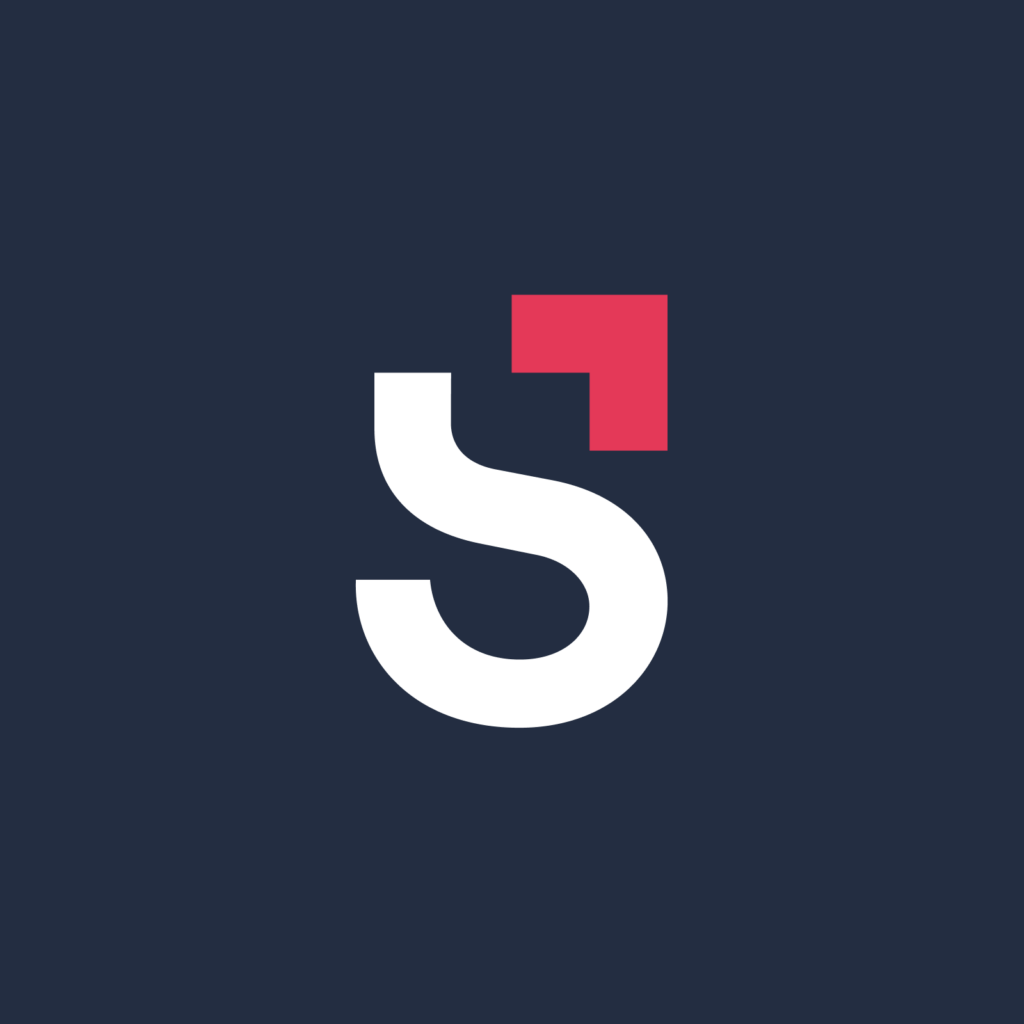
Scoro is a robust cloud-based work management software that comes loaded with several powerful tools to help you plan your resources efficiently. Moreover, using Scoro, you can plan, allocate, and monitor your resources by providing a virtual working environment to manage projects, people, and processes efficiently.
Best Feature:
- Assign tasks within your team by breaking down tasks into smaller, manageable chunks.
- Using grid view, manage tasks, and prioritize assignments, deliverables, and team activities by adding rows to the task board.
- Visualize your progress and obtain a complete picture of your entire project portfolio, including length, phases, and tasks.
- Monitor project estimates quoted service lines, and actual results – all in one view – you can keep track of all project-related activities and their progress.
Pros
- Customizable reports
- Inbuilt invoicing
- Drag-and-drop planner
- Deadline management
Cons
- Steep learning curve
- Expensive pricing for small teams
- Integration Challenges
Pricing
- Essential: $26 per user/month (billed annually)
- Standard: $37 per user/month (billed annually)
- Pro: $63 per user/month (billed annually)
- Ultimate: Contact us for pricing
Customer ratings
- Capterra: 4.5/5
- G2: 4.6/5
4. Wrike

Wrike is a top-rated and robust project management software that works perfectly as a resource scheduling tool and assists cross-functional teams and departments in resource management. Additionally, it enables collaborative task allocation that considers the various demands of projects throughout an organization without requiring the creation of a work breakdown structure. You can allocate resources to their projects and track the impact of each allocation in real-time.
Best Features
- Get a clear overview of the general timeline, assigned tasks, and project milestones at a glance.
- Choose between Kanban boards, one-click Gantt charts, and typical workload views to display their priorities.
- Create a backlog of tasks and time to view resource management or job role needs.
- Using the workload screen, view potential resources alongside the backlog of project tasks.
- Monitor staff utilization by month for any project in a higher-level view, as well as a portfolio view that shows the status, booked effort, and time spent on each project.
Pros
- Robust and scalable solution
- Automation to save time
- Integrations with other business tools
Cons
- Steep learning curve
- Expensive in comparison to other options
- Reported issues with workflow automation
Pricing
After your 14-day free trial ends, you can choose from the following paid plans based on your requirements:
- Team: $9.80/user/month (billed annually)
- Business: $24.80/user/month (billed annually)
- Enterprise: Custom pricing for large teams (billed annually)
- Pinnacle: Custom pricing for teams with complex needs.
5. Hubplanner

Hubplanner is another great tool for resource scheduling and capacity management. Additionally, it lets you quickly filter the required team members from your resource pool based on their availability, project, and even particular skills.
What makes HubPlanner special is its ability to demonstrate how the budget impacts planning while you are planning. Consequently, these real-time insights help managers better balance their projects’ resources and costs.
Best Features
- Capacity bar: Transparency in your team’s schedule to identify gaps and efficiently assign new project work.
- Advanced filtering: To check who is available by filtering the schedule based on required availability.
- Time tracking: Accurate tracking of time spent on tasks, crucial for budgeting and performance analysis.
- Date range filtering: Pick from preset options or customize a date range to avoid bottlenecks.
- Workload tracking: Assess team performance and identify if anyone is overbooked or if there are team members who can take on more tasks.
- Built-in templates: Get quick access to pre-designed dashboards for checking team availability and utilization with just a click.
- Skill-based resource pooling: Filter out resources based on their skill set and utilize them across different projects based on their availability
Pros
- Simple and effective user interface design
- Dynamic reporting to give the progress report
- Several filters to choose from the resources available.
Cons
- Lacks core project management features like task management
- Limited integrations with other tools
Pricing
Hubplanner offers three-tiered pricing structures to choose from
- Plug & play: $7 per resource/ month
- Premium: $18 per resource/ month
- Business leader: Custom pricing based on requirements
Customer ratings
- Capterra: 4.2/5
- G2: 4.2/5
6. Float

Float is another great resource scheduling app that is simple and user-friendly and integrates resource management and scheduling. Moreover, its feature set is extensive, making resource scheduling straightforward.
Float helps you organize your project resources based on personnel capacity and set individual work hours, add public holidays, schedule time off, and check status to provide a visual representation of where and when employees are working.
Best features
- Using schedule view, get a complete high-level overview of the project pipeline and resource capacity.
- With real-time reporting, you can keep track of resource utilization, project budgets, and team capacity forecasting.
- Get a clear picture of your team’s availability with custom work hours, public holidays, and scheduled time off.
Pros
- Resource planning with shift scheduling functionality
- Controlled access with defined roles
- Seamless integration with other calendar apps
Cons
- Lacks collaboration features
- No individual time tracking of a team member
Pricing
Float offers three plans to choose from:
- Starter: $6 per person/month (Billed annually)
- Pro: $10 per person/month (Billed annually)
- Enterprise: Contact sales
Customer reviews
- Capterra: 4.5/5
- G2: 4.2 /5
7. Runn
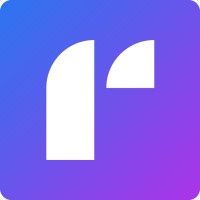
Runn is a powerful resource scheduling app with a built-in time tracking and forecasting feature. The tool enables teams to identify resource patterns with a bird ’ s-eye view of the project and personnel to avoid overbooking.
Runn has a minimalistic design and many features to help you enhance your resource management approach. In a daily, weekly, or monthly view, you may dig down to each team member’s earnings, capacity, and utilization rate, as well as the percentage of the allotted time and how much is billable or non-billable.
Best features
- To plan for the short and long term, switch between monthly, quarterly, and half-yearly perspectives.
- Monitor key insights like utilization, project variance, and overall financial success with up-to-date data in one place.
- In-built timesheets to see how much time was spent working and what was scheduled.
Pros
- Quick drag-and-drop scheduling functionality
- Real time resource adjustment with dynamic reports
- Clean and intuitive user interface
- Functionality to forecast financials with capacity
Cons
- Lacks customization and branding options
- Lacks granular access control functionality
Pricing:
Apart from a free version for a team capacity of up to 5 team members, Runn offers two paid plans:
- Pro: $8 per user/month when billed annually.
- Enterprise: Custom pricing based on requirements
Customer ratings
- Capterra: 4.8/5
- G2: 4.5/5
8. Teamdeck
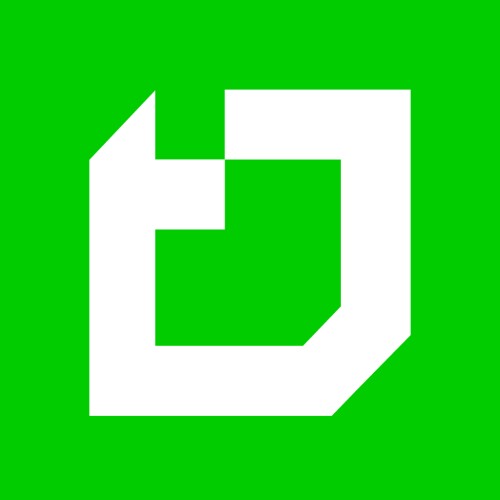
Teamdeck is a flexible platform loaded with powerful features, including resource scheduling, time tracking, and leave management. The platform can also generate various reports that might be useful from the beginning of the planning process to the end of the review process. It is a tool that will help you perform better and have a greater team spirit.`
Best Features
- Monitor available resources by browsing their custom fields, making bookings for them, and tracking their timesheets from one calendar view.
- Track your team’s performance – both planned and actual – in real-time. You can also compare and make changes based on projected and actual timelines.
- Get reports on your team’s usage, your budget, salary, and attendance.
Pros
- User-friendly interface
- One-click time tracking
- Cross-project resource scheduling
Cons
- Lack consolidated view for large teams
- Reporting contains errors sometimes
Pricing
Teamdeck offers two different plans:
- Basic Resource: $0.9/month (billed annually). Suitable for external resources/ temporary collaborators.
- Team member: $3.99/month (billed annually). everyone within your company can have access to teamdeck.
Customer ratings
- Capterra: 4.3/5
- G2: 4.6/5
9. Smartsheet
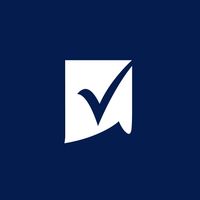
Smartsheet is a resource management and time-tracking app that helps teams of all sizes discover and schedule the right personnel for every project. Additionally, it can help you gain a better picture of your resources, cut down on the time it takes to find resource availability and forecast incoming workloads.
Best feature
- Resource matching feature that aligns team members with projecting requirements based on many aspects such as fields, expertise, availability, and more.
- Seamless integration with internal workflows and software suites.
- Gain insight into historical data or an anticipated perspective of team utilization, budget tracking, spending reports, and upcoming projects.
Pros
- Simple and easy to use.
- Highly customizable.
- Several collaboration features.
Cons
- Advanced resource management is available in the business plan only
- Limited reporting flexibility
Pricing:
Smartsheet offers a 30-day free trial and free plan. For advanced features, users need to upgrade to one of the following plans.
- Pro: $7/user/month (billed annually)
- Business: $25/user/month (billed annually)
- Enterprise: Custom pricing.
Customer ratings
- Capterra: 4.5/5
- G2: 4.2/5
Conclusion
Now, this is where I drop my pen or perhaps stop typing. As noticed, most tools do a pretty great job of scheduling resources at a lower operational level. However, organizations working on a large scale need to take a more streamlined approach to resource management, and ProofHub wins here.
ProofHub is a comprehensive project management software that excels in resource scheduling across teams of any size. With ProofHub, you can effortlessly allocate tasks, manage team schedules, and track project timelines in one centralized platform.
Hopefully, this guide will help you figure out the right tool that will help you lay the groundwork for a highly productive team that will assist in achieving your shared goal.
So hey, take charge; we wish you well!
Related articles
- What is resource management? Why should it be your top priority?
- Guide to project resource management: Processes, challenges & tools
- 7 Biggest resource management challenges and solutions
- A manager’s guide to marketing resource management 2025
- Top 10 proven resource allocation tips for project managers
FAQs
What does resource scheduling mean?
Resource scheduling is one of the most important aspects of resource management. It refers to the process of identifying, quantifying, and allocating resources to tasks or projects that are required to be completed efficiently and effectively. It also entails determining the start and completion dates for each task or project in light of resource capability and availability.
Furthermore, it also includes identifying potential resource limitations and combining this information to efficiently match the right resources with the right tasks or jobs. Resource scheduling is a critical factor that enables managers to plan, organize, and optimally allocate resources.
What are resources in project management?
Resources are those entities (people, organizations, material, knowledge) that help in making a project work.
Resources are the raw material that moves inside it. Therefore, if you want the process to be more effective and efficient, you have to make important decisions about what is being moved through the funnel and in what quantity.
Why it makes sense to invest in a resource scheduling tool?
The time factor is extremely important in all types of businesses. The saying, “Time is money” holds even more true in this age of cutthroat competition. So, you must ensure that you utilize your employee time efficiently.
Resource scheduling software helps you optimize employee capacity based on data and analytics. Furthermore, it allows you to plan their availability. Consequently, you will easily assign tasks to the right people at the right time.
Why do project managers need a resource scheduling tool?
For any business, there’s always a shortage of time and resources. People involved in your projects have to handle multiple clients and juggle work deadlines. That’s why they need their time to be managed properly. But juggling with spreadsheets, databases, or using separate tools for scheduling, communication, file sharing, and so on takes a lot of time and effort. It also leads to confusion and ends up increasing the chances of failure of projects. This is exactly where resource scheduling software comes into the picture.
What is the best resource scheduling software?
All of us are very well aware of the fact that resource management has become a complex process with the rise in competition. Gone are those days when you could manage your resources with the help of spreadsheets and sticky notes. With plenty of software as a service product available, teams need to be equipped with top-notch tools for efficiently managing our resources.
Resource management, at times, becomes all the more difficult when it comes to managing remote teams. You cannot expect your team members to work in a disciplined manner if they do not have a dedicated workspace like office employees. Your team members might be juggling between multiple activities and tasks which can sometimes result in a lack of concentration while they are working on business projects. So, it is imperative to equip them with the right tools and resources that can help them stay focused.
This is where ProofHub comes in. The resource management tool has been designed specifically to keep remote workers in mind so that they can work hassle-free despite being present at different locations. It’s an ideal project management and team collaboration tool for projects of any complexity and businesses of all sizes.
